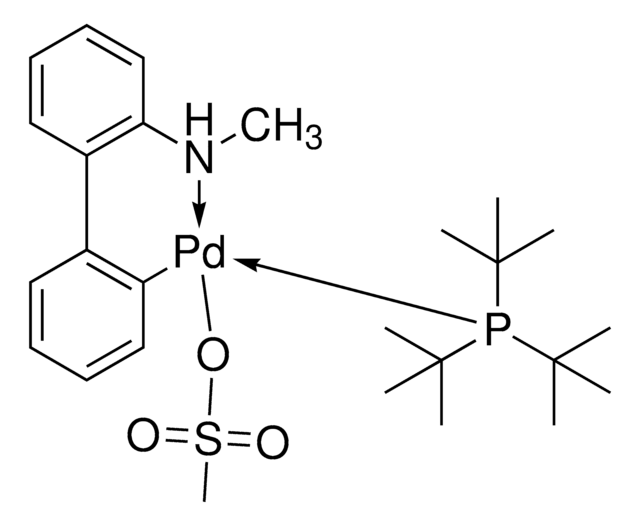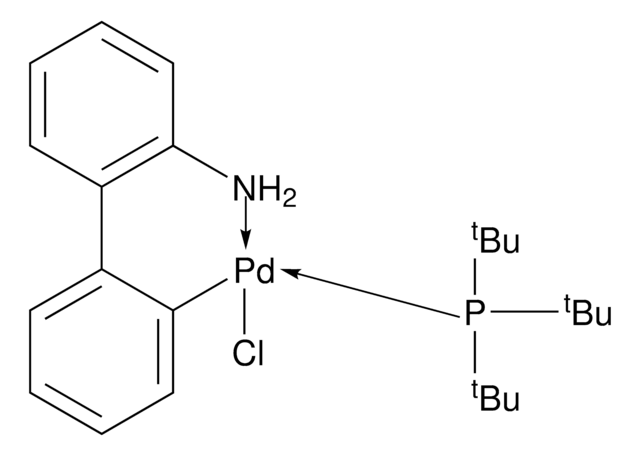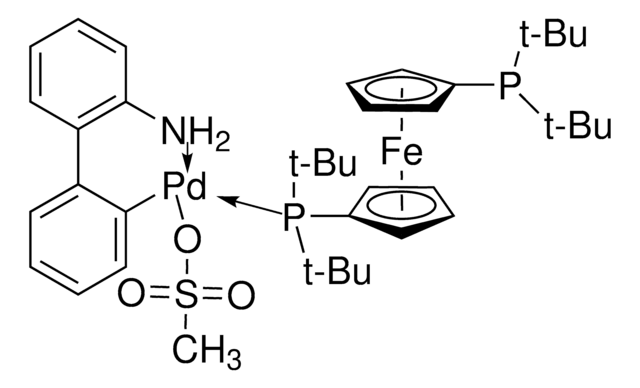767522
Tungsten
sputtering target, diam. × thickness 2.00 in. × 0.25 in., 99.95% trace metals basis
Synonym(s):
W
About This Item
Recommended Products
Assay
99.95% trace metals basis
form
pieces
reaction suitability
core: tungsten
resistivity
4.9 μΩ-cm, 20°C
diam. × thickness
2.00 in. × 0.25 in.
bp
5660 °C (lit.)
mp
3410 °C (lit.)
density
19.3 g/mL at 25 °C (lit.)
SMILES string
[W]
InChI
1S/W
InChI key
WFKWXMTUELFFGS-UHFFFAOYSA-N
Application
Storage Class Code
11 - Combustible Solids
WGK
nwg
Flash Point(F)
Not applicable
Flash Point(C)
Not applicable
Regulatory Listings
Regulatory Listings are mainly provided for chemical products. Only limited information can be provided here for non-chemical products. No entry means none of the components are listed. It is the user’s obligation to ensure the safe and legal use of the product.
ISHL Indicated Name
Substances Subject to be Indicated Names
ISHL Notified Names
Substances Subject to be Notified Names
JAN Code
767522-BULK:
767522-1EA:
767522-VAR:
Choose from one of the most recent versions:
Certificates of Analysis (COA)
Don't see the Right Version?
If you require a particular version, you can look up a specific certificate by the Lot or Batch number.
Already Own This Product?
Find documentation for the products that you have recently purchased in the Document Library.
Articles
Spin-based electronic (spintronic) devices offer significant improvement to the limits of conventional charge-based memory and logic devices which suffer from high power usage, leakage current, performance saturation, and device complexity.
The properties of many devices are limited by the intrinsic properties of the materials that compose them.
Our team of scientists has experience in all areas of research including Life Science, Material Science, Chemical Synthesis, Chromatography, Analytical and many others.
Contact Technical Service








